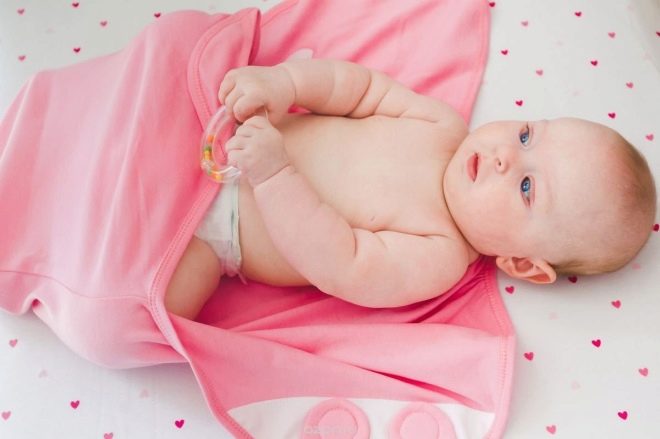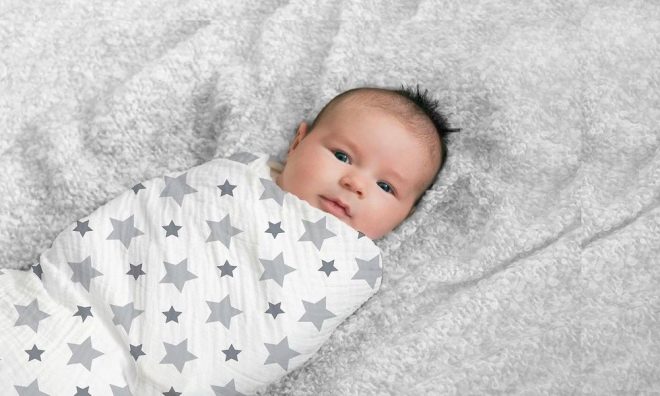Scientists told how children, who were swaddled, differ from their peers
American scientists decided to return to the topic, which until now was considered rhetorical: swaddle or not swaddle children. The researchers studied the health status of two groups of children: some were swaddled in infancy, while others were not.
Experts from the American National Academy of Pediatrics concluded that among children who were tightly swaddled, the frequency of dysplasia was higher. And it is not always the pathology becomes apparent in early childhood. Sometimes problems with leg joints make themselves known much later, when a child grows up, starts to play sports.
Children who were not swaddled at all, according to American pediatricians, are more physically developed, they are more flexible.
The experts also stressed that children who were not swaddled at all were emotionally more mature, because in the very first months of life they had the opportunity to explore the world through tactile sensations.
Today, WHO has no consensus on swaddling. Pediatricians will not give you any advice either, since the damage from swaddling has not been proven, but the benefits of its absence are not yet obvious.
Therefore, the question of swaddling or not, parents have the right and must decide on their own. Supporters of swaddling claim that in a diaper, children sleep better, can not injure themselves, waving their arms uncontrollably. The diaper imitates for the infant the cramped conditions of the mother's womb, which is habitual and understandable to him.
Perhaps the study of American pediatricians will be the first in a series of scientific studies of the benefits and harms of swaddling. As part of the study, medical records of 3,000 babies were studied. The study has been published in professional scientific media and is now awaiting a response from other specialists in children's health and well-being.


